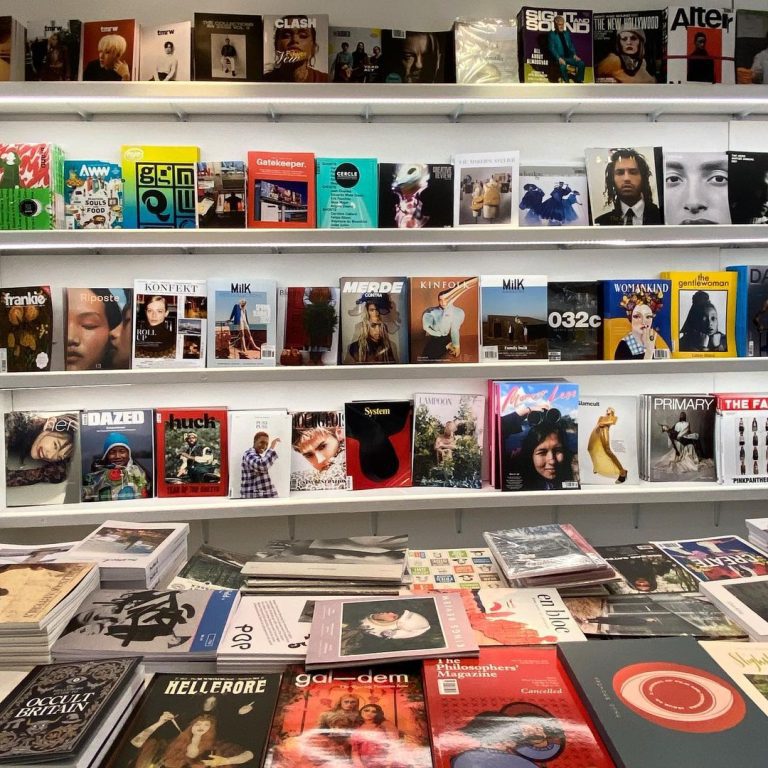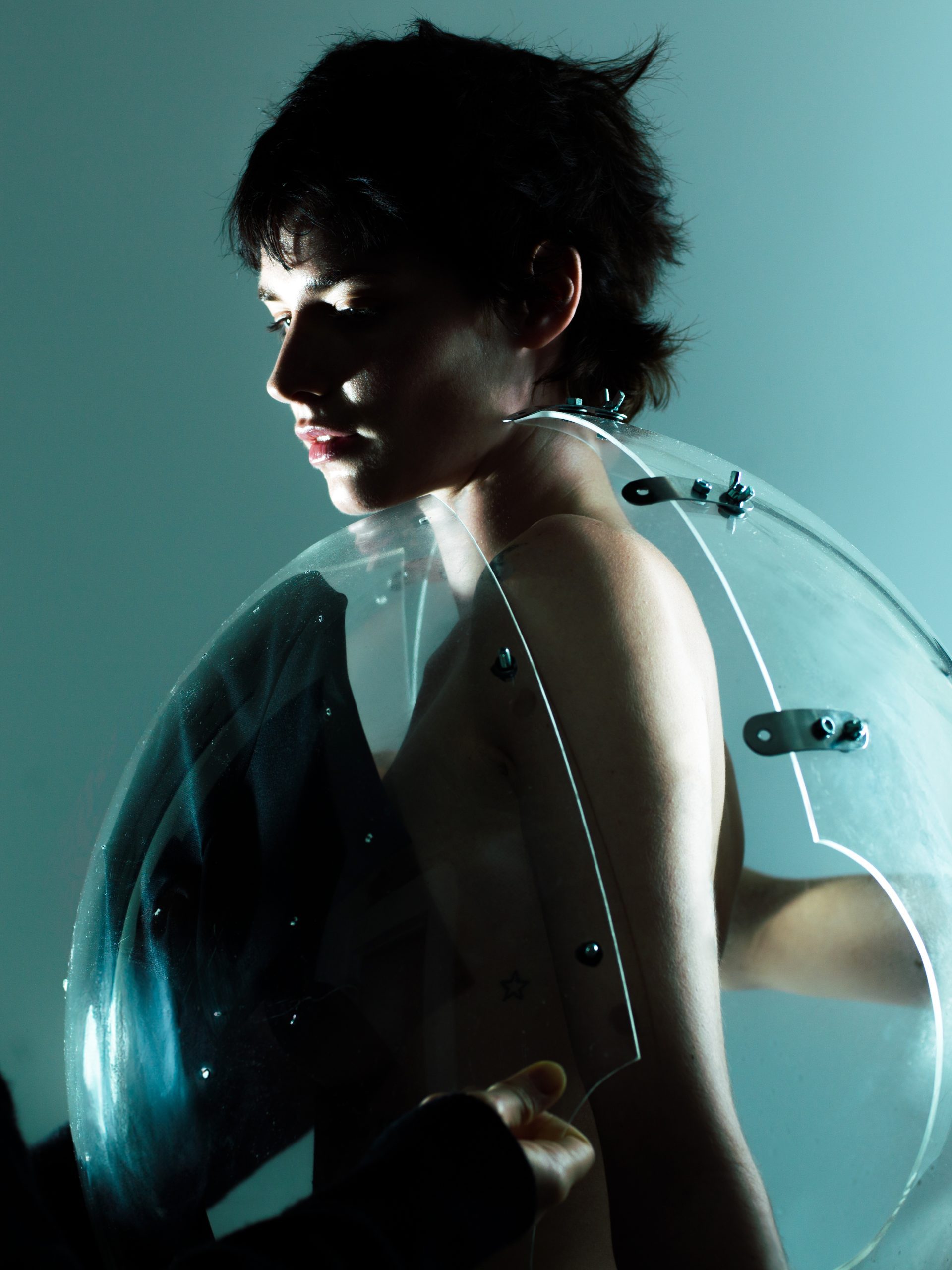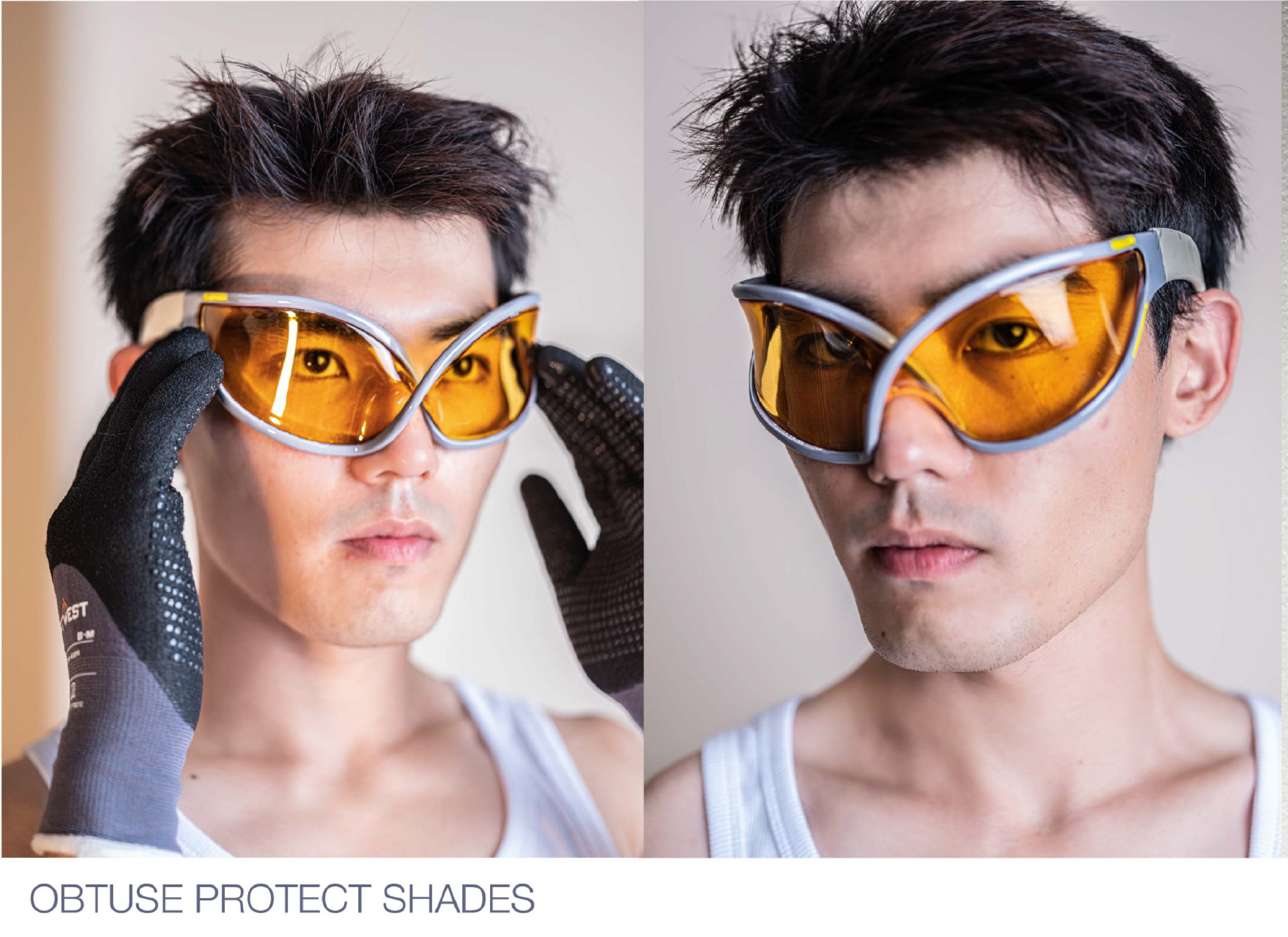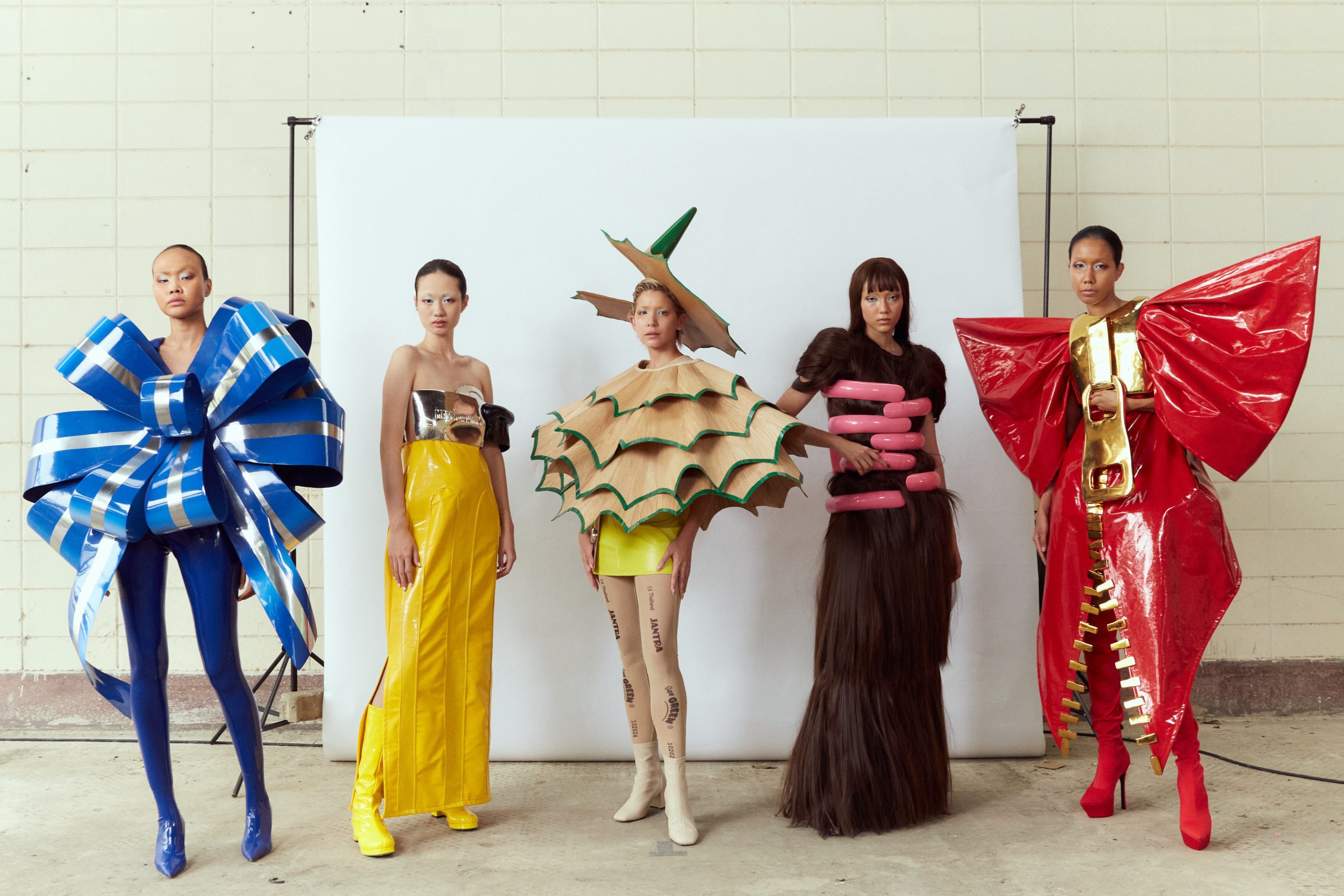Holding a Print Magazine is a physical and sensory experience, where the audience gets the tactile pleasure of gracefully flipping through the pages. It’s a deliberate act that gives the reader the gift of focused reading, shielded from the barrage of online distractions from notifications to pop-up ads.
Magazines are a visual symphony where details reign supreme, through the captivating tapestry of typography, colours, logos, and editorial content. Due to the nature of Print, there is intentionality, because once unleashed into the world, it is immune to any editing or erasure.
Magazines are a paradox, acting as a capsule reflecting a particular moment in time, yet also able to defy temporal constraints, with content that is dedicated to being relevant and meaningful across decades. There is a beautiful desire to preserve and keep magazines, as a marker of time, so that they can become sources of inspiration in the future.
For a channel that is often thought to be declining, there is still a realm of vibrant independent magazine magazines which are alive and flourishing. Notable names include Apartamento, Dazed, The Face, TANK, and GLITCH which all cater to online media, while still releasing refreshing and intriguing print media.
These magazines are able to survive because they are creating specific content, tailored meticulously for a dedicated and engaged audience. Magazines with a universal demographic tend to lose their spark as their core essence becomes diluted in the quest to please all. It is clear the quality of editorial content is still impressive as seen by Taylor Russel in Loewe for Dazed, Zeynanda in Schiaparelli for W Magazine and Beyonce in Harris Reid for British Vogue. Fashion editorials are special because they tell a story, and offer an artistic vision of how the designer envisions their garments to be worn.
The phenomenon and longing for Print is also reflected in Zine Culture. Zines are mini-self-published magazines. They are booklets that grant full expression and creative control ranging from topics in art, photography, literature, politics, food, travel, and music. The DIY nature of zines makes them accessible and affordable, often becoming a vessel for counter-movements and social criticism. Zine culture is rooted in community and is similar to magazines, reflecting the urge to translate ideas into permanent media, with the continual pursuit of expression and exploration through the printed word.
The biggest myth is that Print and digital media are at opposite ends of the spectrum. Both mediums share a symbiotic relationship— a tale of two sisters embodying different characteristics. Print media is the older sister, offering a timeless, profound, and refined approach. Digital media is the young fun sister, quick to move on to the next trend cycle. It is parallel to Prada and Miu Miu — same heritage, different style. Print and digital media offer different strategies and values and can elevate brands in different ways. When utilized together they can create harmony and further accelerate a brand.
In July Print fashion review “System” released a catalog of 20 back issues with interviews from Miuccia Prada, Juergen Teller, Rei Kawakubo, and more for their 10-year anniversary. System Magazine stated “Ten years, twenty issues, hundreds of features, thousands of words and images. A resource for the industry.” System was able to use the accessible nature of digital media to publish their print copies, which hold profound insights still inspiring creatives in the current day. This was the perfect example of harmony between print and online.
While it holds true that there is a natural life cycle to magazines, there is also a steadfast community of collectors and print lovers who harbor a profound affinity for tangible media whether it is for magazines, books, or zines. The battle of the sisters is old news and there is space for both print and web, and consumers have the power to choose what they engage with. The competition keeps the content strong because creators know they must produce the best work in order to survive.
Magazines Aren’t Dead! GLITCH is thrilled to unveil its inaugural print magazine DNA— a captivating fusion of sustainability, community, technology, and art. Crafted with love and care, this edition is going to be a timeless collectible designed never to be thrown away. GLITCH is emerging as a catalyst of change, ready to disrupt the industry. We invite you to join our community, as we embark on a journey to reshape and redefine art in a new age.
Written by Amber Weir from GLITCH Magazine





